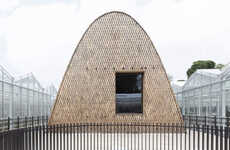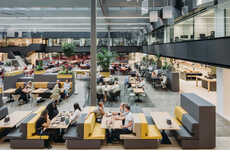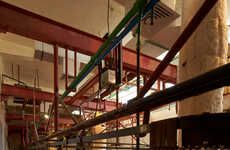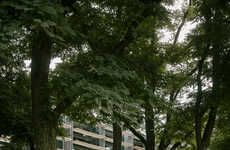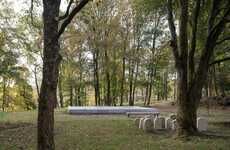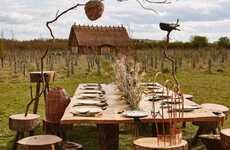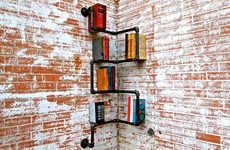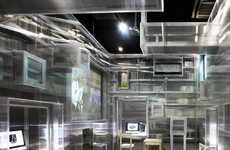
Revamped Vincennes Zoo Focuses on Creating Natural Habitats
Meghan Young — October 15, 2009 — Eco
References: boisdevincennes & animalarchitecture.org
A zoo by any other name will still smell like a zoo, but it doesn't have to maintain its traditional, archaic design as the Vincennes Zoo demonstrates. Originally built in the early 30s, it was meant to seem surreal and excessively futuristic.
Hoping to change that sad truth, the Vincennes Zoo is going through a major renovation, raising it to sustainable park status. It will feature 6 biozones that intend to replicate endangered habitats of the world.
Check out Vincennes Zoo's landscape designs by TN PLUS Landscape Architects and building designs by Beckmann N'Thepe in the gallery.
Hoping to change that sad truth, the Vincennes Zoo is going through a major renovation, raising it to sustainable park status. It will feature 6 biozones that intend to replicate endangered habitats of the world.
Check out Vincennes Zoo's landscape designs by TN PLUS Landscape Architects and building designs by Beckmann N'Thepe in the gallery.
Trend Themes
1. Sustainable Zoo Design - Disruptive innovation opportunity: Implementing sustainable design practices in zoos to create natural habitats that replicate endangered ecosystems.
2. Biozone Replication - Disruptive innovation opportunity: Developing advanced technologies and techniques to recreate and maintain endangered habitats within zoos, providing a safe haven for vulnerable species.
3. Zoo Renovations - Disruptive innovation opportunity: Utilizing innovative architectural and landscaping designs to transform traditional zoos into sustainable parks that prioritize conservation and education.
Industry Implications
1. Zoo and Wildlife Preservation - Disruptive innovation opportunity: Collaborating with architects, landscape designers, and technology experts to revolutionize the concept of zoos and contribute to wildlife preservation efforts.
2. Sustainable Architecture and Landscaping - Disruptive innovation opportunity: Integrating sustainable practices, biomimicry, and biophilic design into architectural and landscaping projects to create environments that mimic natural habitats for animals.
3. Conservation Education - Disruptive innovation opportunity: Developing interactive and immersive educational programs within zoos to raise awareness about endangered species, ecosystems, and the importance of sustainable practices.
1.4
Score
Popularity
Activity
Freshness


